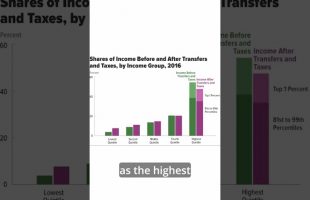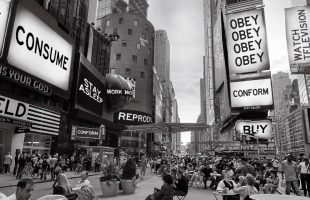Deep AI resurrects early 1910s Autochrome photos of women taken around the world. From the Albert Kahn Archives. Transforming fragile glass plates into real life moments experienced over a century ago. Step into a time machine! Image to Video AI.
Photographs taken in Galway Ireland by Marguerite Mespoulet and Madeleine Mignon. Bethlehem Palestine by Paul Castelnau. Kyoto Japan by Stephane Passet. Norway, France and Germany by Leon Augustus.
Albert Kahn’s “Archives of the Planet” (1909–1931) pioneered early color photography with autochrome technology, capturing over 72,000 images and films of global cultures. Commissioned by the French philanthropist, this visionary project aimed to document humanity’s diversity amid rapid modernization, preserving traditions, landscapes, and daily life across 50 countries. A timeless bridge between history and modernity, Kahn’s archive remains a groundbreaking testament to cross-cultural understanding and the fragility of a rapidly vanishing world.
Autochrome was the first viable color photography process introduced by the Lumière brothers in 1903. Involving a mosaic screen plate with dyed starch grains, which created a positive colour image directly on glass. As they were extremely fragile and light-sensitive, and there was no mass produced color reproduction for many decades, they rarely were seen until the internet age. Now using deep ai algorithmic techniques, we can try and breathe life into these beautiful images.


